Saying goodbye to the Stamford Arts Centre
In its near 100 years of existence, the weather-beaten edifice sitting austerely on Waterloo Street — opposite the clamourous Sri Krishnan and Kwan Im Thong Hood Cho temples — has been many things: The Japanese National School Building, Gan Eng Seng School, Stamford Girls’ School, Stamford Primary School, and finally in 1988, the Stamford Arts Centre (SAC).
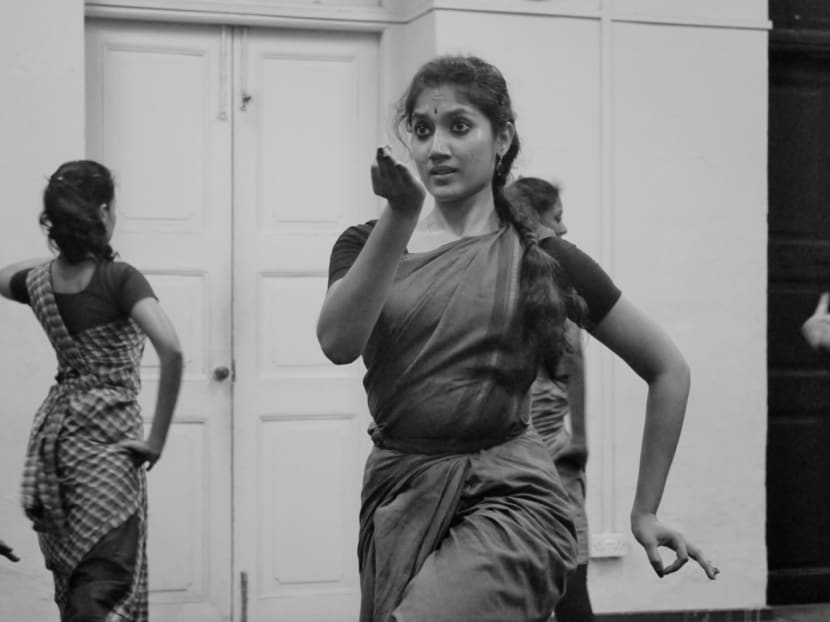

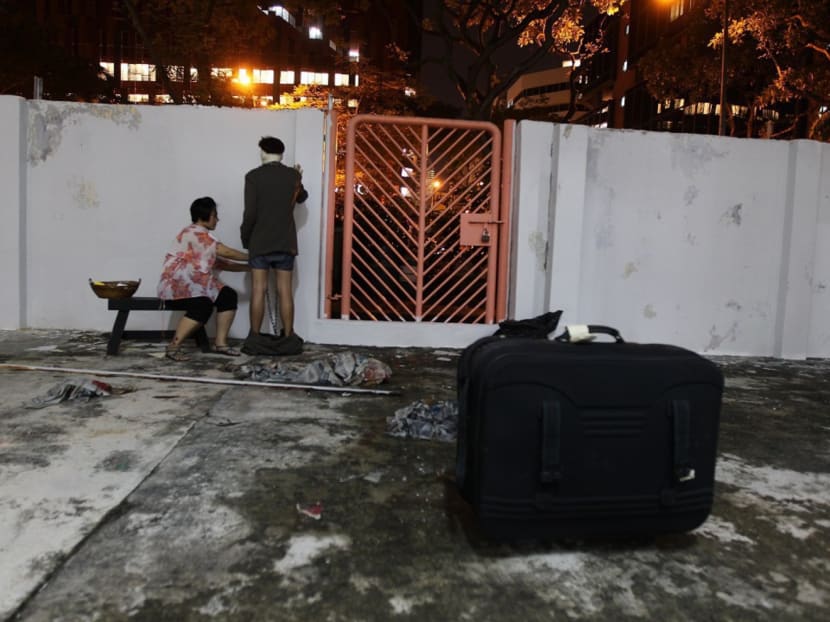
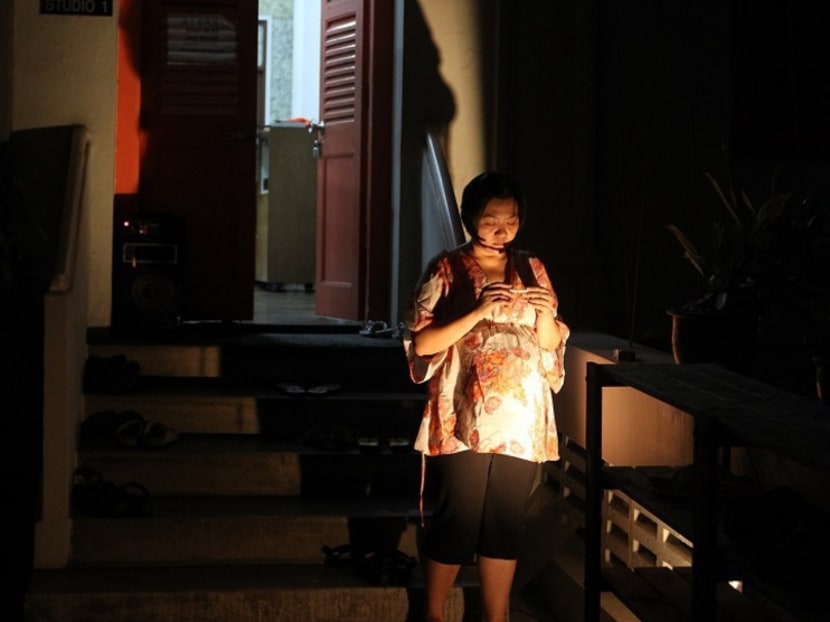

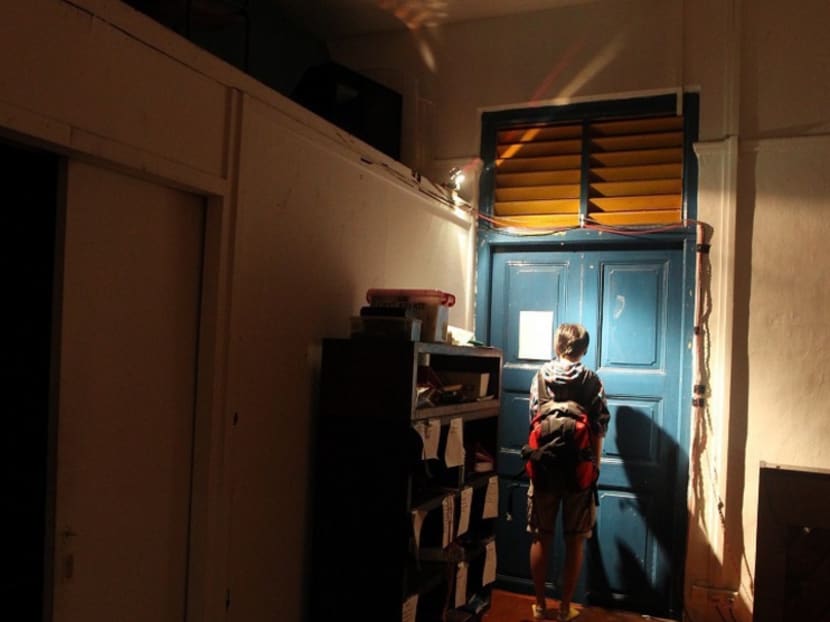
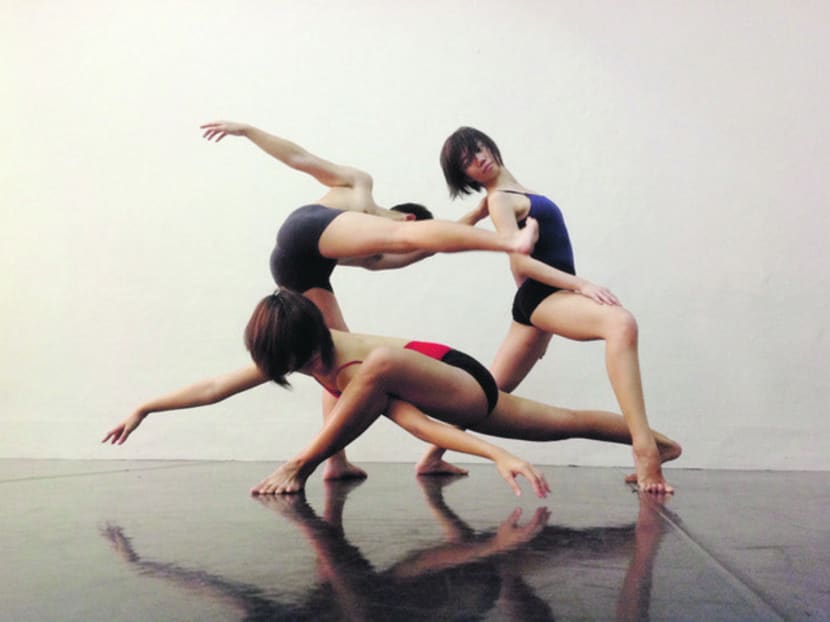
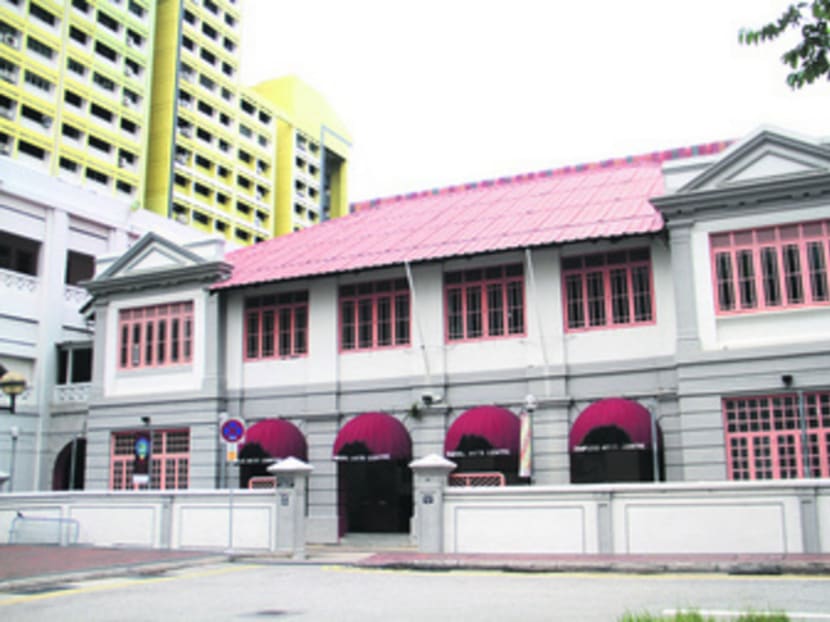
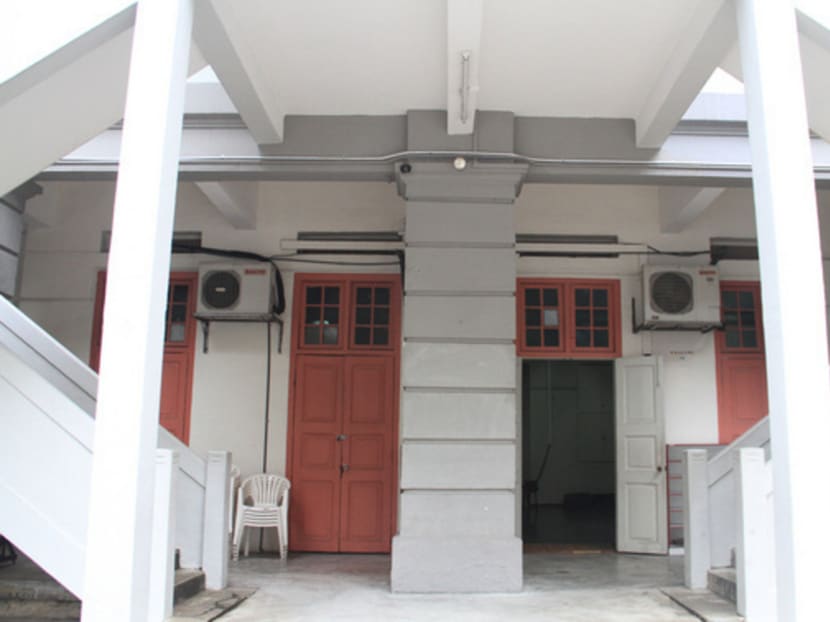
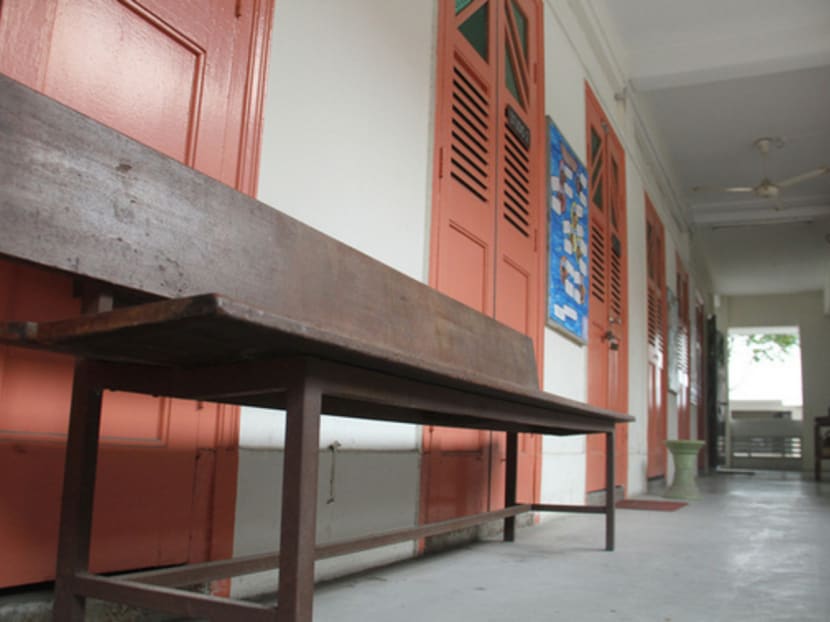
In its near 100 years of existence, the weather-beaten edifice sitting austerely on Waterloo Street — opposite the clamourous Sri Krishnan and Kwan Im Thong Hood Cho temples — has been many things: The Japanese National School Building, Gan Eng Seng School, Stamford Girls’ School, Stamford Primary School, and finally in 1988, the Stamford Arts Centre (SAC).
Since then, it has also been home to 13 notable arts groups in Singapore as a subsidised arts housing space. They include the Hsinghai Art Association, the Singapore Lyric Opera (SLO) and The Theatre Practice (TTP).
However, this is soon to change. At the end of this year, Stamford Arts Centre will undergo a complete revamp, and its current arts tenants are packing up to leave, many of them for good. The plan is for the building to become a centre that will focus on traditional arts.
“The existing tenants all have to leave by the end of this year,” said Jamaliah Zin, SLO’s administration and accounts executive, who has been working at the SAC for 15 years.
She added that she wasn’t sure if the SLO would be back in the building. “SLO does Western opera, so I’m not sure if we fall under the umbrella of ‘traditional arts’ to (be able to) apply to come back.”
Even very traditional arts practitioners are not guaranteed a space in the revamped compound. Some, such as Bhaskar’s Arts Academy and its dedicated teaching wing, Nrityalaya Aesthetics Society, which has been situated at the SAC since 1988, will be moving nearby.
“We are leaving for Bras Basah Complex, which is nice, but it’s like leaving home. We have created so many new works here. Laughter, tears, memories ... all embedded in these walls,” said pioneering Bharatanatyam dancer/choreographer Santha Bhaskar, the artistic director of Bhaskar’s Arts Academy.
“But this company was formed in 1952, and we have had many different homes since then, some of which were demolished. We know nothing is permanent.”
Yet when many of the artmakers initially saw the arts centre, “home” probably wasn’t the first descriptor that sprang to mind.
“My first impression was that this place was really old — and confusing! It has two different wings that don’t join,” said Jamaliah. “Our office is on the third floor, so if you’ve gone up the wrong wing you just have to go all the way back down again and try the other wing. Even if you’re not lost, there’s only one set of toilets on the ground floor, so you do have to run up and down a few times a day anyway.”
Unintuitive building design aside, the centre has also been under threat from vermin such as termites, necessitating regular calls to the exterminators. Signs of wear are apparent in its greying walls and various sinks coated with decades of paint and other evidence of art-making.
Yet, its long-term residents cherish the building. Kuo Jianhong, artistic director of TTP, the centre’s first anchor tenant, said she had been “hanging around” since it became Stamford Arts Centre, when her father, the legendary playwright/director Kuo Pao Kun, was TTP’s artistic director.
“I don’t even remember what the first show I helped with was,” said Jianhong. “But I’ve always felt that Stamford Arts Centre was really charming, with its personality, history and humanity. Since I’m a lighting designer as well as a director, what impressed me was that the light that comes in here is beautiful. It’s a wonderful building to work with, and we have developed a way of working and creating our work that is totally, organically connected to the space.”
Indeed, TTP has staged productions in there that spill beyond the rehearsal hall and black box space they rent there — sometimes all the way into its stairways, foyers and corridors.
Meanwhile, contemporary dance troupe Dance Horizon was also inspired by its space there, despite its small size.
“I like how TTP has used the whole compound as an unconventional performance space,” said creative director Benedict Soh. “But even with our small studio’s humble space restrictions, creativity is possible — it’s actually perhaps because of the restrictions that we’ve come up with creative ways to move in our pieces.”
Kuo said they were not bothered about the sounds from the other groups that reverberated throughout the building. “You hear powerful vocals from SLO, rhythms from the Bharatanatyam downstairs — possibly we’re the wildest of all,” said Kuo. “Our rehearsals sometimes have screaming and shouting. Neighbours have called the police thinking a fight was going on. But I think everybody has accepted the noise. I mean, everybody in the building is already running around sweaty and probably smelling bad — all this goes with the territory.”
Soh added: “I think it inspires us to certain extent to hear the sounds of art taking place around us. It’s good to walk into the building and hear how this old building is so rich with fresh life.”
“We like having fellow art-makers as neighbours. People from different companies will meet on the stairway and chat about things, such as applying for arts grants,” agreed Jamaliah.
Unfortunately, the neighbourly bonds will be broken in the coming months. SLO’s office will move to Goodman Arts Centre, TTP will take over the current YMS Arts Centre, further down Waterloo Street, while Dance Horizon is still looking for a suitable place.
“No doubt going to a new space is exciting. We’ll have our own performance space, our own black box,” said Kuo. “But I’ll miss this place and this community.”
Nonetheless, Jamilah said the revamp was necessary. “Honestly, it may be time for the SAC to undergo total renovation. It’s just too old, and sometimes the design makes it very dangerous,” she said, citing how it can be easy to trip on the very narrow staircase. “I just hope that the facade is still recognisable as this place we’ve grown attached to.”
Before they leave, many tenants will say their own unique farewells to the SAC. According to Soh, Dance Horizon is working on its 15th anniversary piece, called 15, which is partly inspired by “the doors that we always go in and out of in SAC”.
“It’s about doors and other things in our lives that we have been using without really taking note of, like the building itself,” he added.
Bhaskar’s Arts Academy recently finished presenting its tribute performance, Na Mah, which was a combination of “previous items that have been created and practiced in SAC, and performed by many students of the space”. “They started learning to dance there when they were 6 or 7 (and continued) all through getting their dance diploma and becoming dance professionals now,” said Bhaskar. “It’s our show of gratitude towards the space.”





